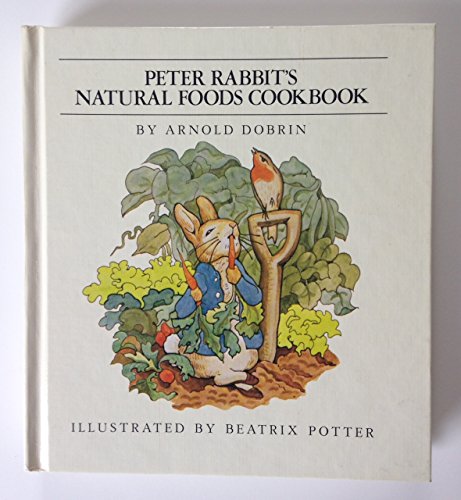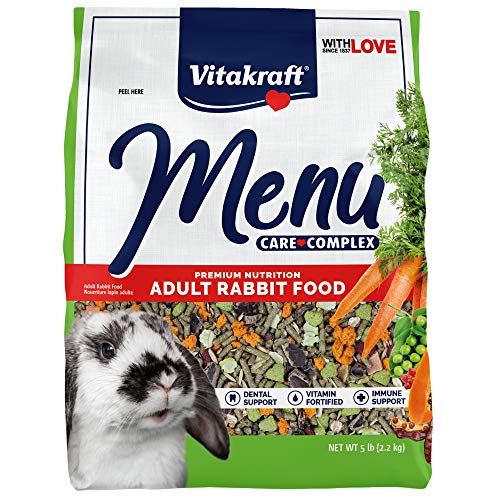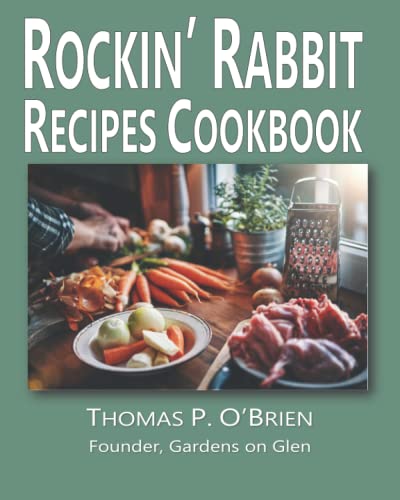I appreciate that. We don't plan to show so that's good to know

but I do want to avoid the broken to broken.
Velveteen Lops are not yet recognized for show. The ARBA has certain requirements for recognition of a new breed that ensure that rabbits of the new breed are healthy (i.e. do not have breed-specific health problems), will breed true (i.e. can produce offspring that conform to the standard), and are distinct from other ARBA recognized breeds. A new breed has two chances to pass each of three sequential presentations at ARBA National Conventions over a period of several years.
The ARBA issues what's called a Certificate of Development (COD) to a breeder or breeders that commit to breeding rabbits that can pass these examinations. V lops have been under development since the 1990's, but due to one thing or another still have not fully passed the requirements that the ARBA sets for official recognition. They passed their second presentation in 2020, and have what's called a working standard. This means they can be exhibited at ARBA sanctioned shows, but are not eligible to compete for the big awards yet (e.g. Best of Breed, Best in Show). The current V Lop COD is held by Megan Matthys of Plainfield IN. Her contact info is on the ARBA registrar page at
https://www.arbadistricts.net/registrars.htm
Since it is a breed under development, all V Lop breeders, whether they eventually intend to show or not, can assist in the development of the breed by working toward the standard. Breeding to the standard also makes your bunnies more attractive to a wider range of potential buyers; this is especially true for a new breed. Keeping pedigrees, even on bunnies intended for pets, is a GREAT idea.
There is a V Lop breed club in Texas, with a number of breeders around and north of Dallas as well as in other states. Some of these contacts might offer good opportunities for learning more about the breed, breeding quality Velveteen Lops, and getting to know other breeders:
https://txvelveteenlops.weebly.com/
Here's the American Velveteen Lop Rabbit Club page:
https://avlrc4.wixsite.com/avlrc
On that site, there is a good overview called understanding the standard:
https://avlrc4.wixsite.com/avlrc/understanding-the-standards
Pretty much the only dangerous to the rabbit choice colors wise is broken X broken, due to risk of homozygote broken (broken gene from both parents) that can result in megacolon (intestinal problem that will be the end of the bunny after a while).
Other color "problems" are due to show rules, so not realy something to worry about if that is not your goal.
That's a good point.
The other possible health issue regarding colors is correlated with the vienna gene <
v> that produces Blue-Eyed Whites (BEW). Some BEW rabbits - which have two copies of the allele <
vv> - are known to suffer from idiopathic epilepsy which results in recurrent seizures.
Like the megacolon issue in charlies, the problem does not appear in all, or even many BEWs. We've bred BEW Polish for quite a long time and have only ever seen one instance that
may have been this problem. But the doe also had a head tilt, which made us suspect an
E. cuniculi infection instead of idiopathic epilepsy.






















































